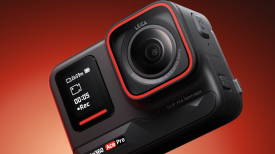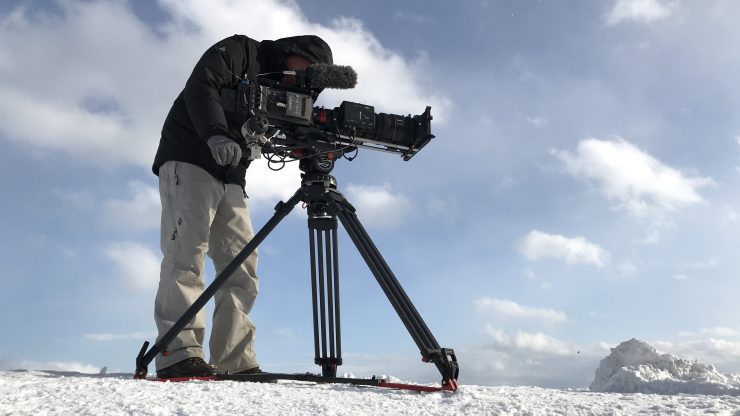
If you are a freelancer or are thinking about becoming one there is a lot you need to know. How much should you be charging? What gear should you be purchasing? How should you be marketing yourself? If you’re a freelancer these are all questions you need to answer. The answers to these questions have never been easy, and today they are harder to answer than ever.
I’m going to attempt to shed some light on answering these difficult questions, but I certainly don’t have all the answers. I can only provide advice through my experiences and those of fellow shooters that I know. This article is bound to go down a few rabbit holes, but eventually, all paths will hopefully lead to the exit!
In the first part I will give my thoughts and views, and then you will get to hear from a collection of freelancers.
A bit of history
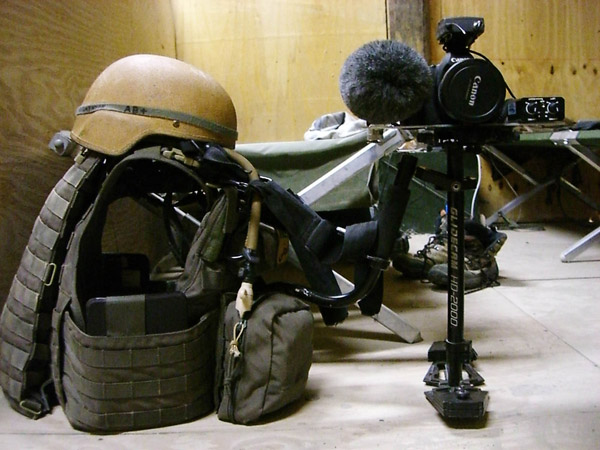
There is no doubt that the Canon 5D Mark II, that was introduced back in 2008, was a major market disruptor. It’s also fair to say that even cameras such as the Panasonic AG-DVX100 (released in December 2002), the first affordable consumer digital camcorder capable of recording video in 24p paved the way for what is now available in 2019.
In 2019 we are spoilt for choice, and the price of professional gear have never been cheaper.
I always find it interesting to hear people (and this is especially true of younger shooters) complaining about the price of cameras, lenses, and other equipment. It wasn’t that long ago (less than 10-15 years) that if you wanted to shoot professional video you would have had to invest around $100,000 USD to buy the equipment needed.
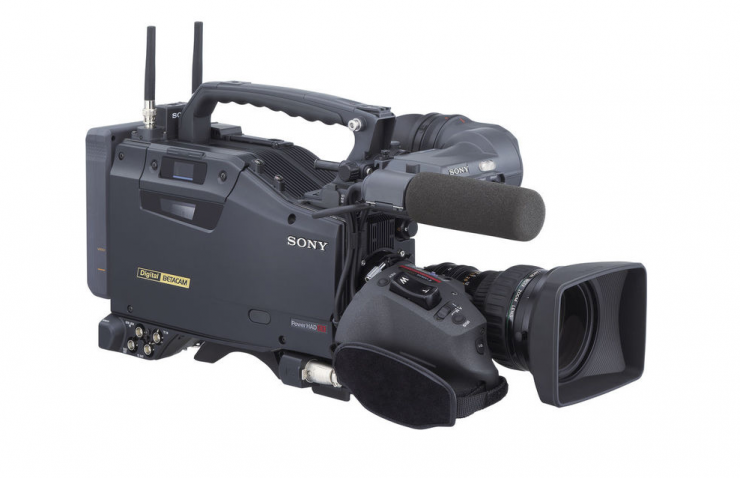
In 1993 Sony introduced Digital Betacam (we all used to call it DigiBeta) and in a lot of places around the world, it was the defacto camera you had to have if you were a freelancer. For shooting freelance news you needed something like a Sony Betacam SP, which again was almost the industry standard in the ’90s.
If you worked in television in the ’90s or early 2000s and didn’t have a freelance kit that consisted of a similar camera to what I just mentioned then you would never be hired. There weren’t any shortcuts. If you wanted to be a freelancer you had to either pony up for a full kit, rent one, or agree to be hired without equipment. A large proportion of freelancers at this time were shooters that had prior experience working for broadcasters or production houses. Getting hands-on experience with professional equipment could only be done through working at a production house or broadcaster. If you didn’t have any prior experience you weren’t going to go out and spend $100,000 USD on a kit because you decided you wanted to be a cameraman or camerawoman.
Even though you had to spend a lot of money back in the day to go freelance, there wasn’t the constant introduction of new equipment like there is today. If you bought a DigiBeta in the 90’s you could get a good 10 years of usagee out of it. That way you could offset the initial money you spent over a long period of time.
Times are a changing
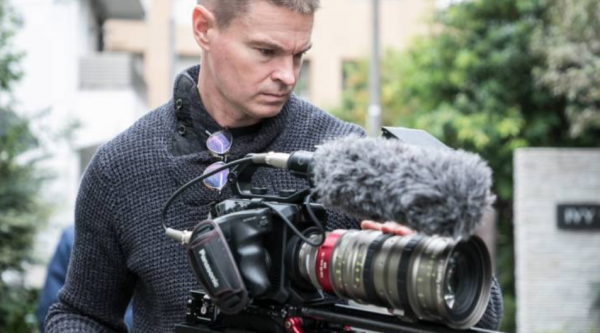
In 2019, you
Market disruption continues to happen, whether it was the Canon 5D, RED, or even Blackmagic Design, there will always be companies that will make products in our industry that offer more for less.
Anyone who complains that cameras, lenses and other filmmaking equipment is too expensive really does need a history lesson. There has never been a better time in our industry as far as the affordability of the products we use is concerned. We are spoilt by choice and there are products at just about any price to suit any budget.
Increased Competition
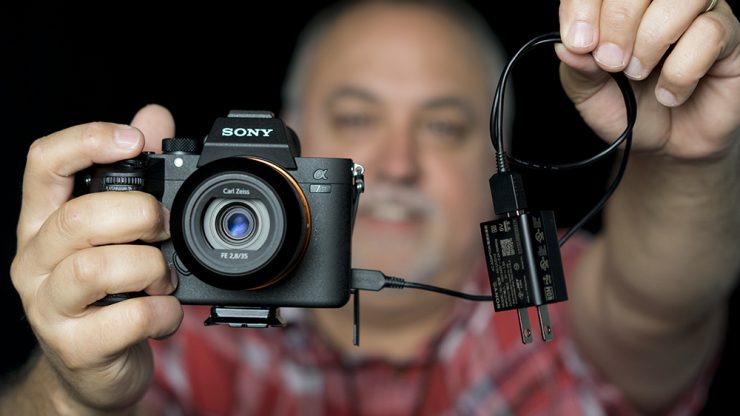
With the equipment becoming more affordable there has certainly been an increase in the number of people using it. If you are a freelancer you are going to inevitably find yourself competing against a lot more people. Does this mean that it is actually harder today to get work than it was ten years ago? Well, that is a difficult question to answer. Most people would probably say “Yes, there is more competition”, but there is a flipside to that argument. Supply and demand. Yes, there certainly are way more freelancers than there ever was, but there is also way more demand for creating content as well.
Now, that demand is spread across a much wider cross-section of society. Back in the day, there was only so many companies that could afford to create a video, but now just about anyone can. Heck, you can pull out your smartphone and create a video for social media distribution in a matter of minutes.
Is this increased competition good or bad? In short, both. Competition has always bred innovation and creativity, so in that regard, we are seeing a lot of great work being produced. On the flip side, with more content being produced, there is also a sea of shall we say “rubbish” being produced. As a freelancer, you need to make yourself stand out from everyone else.
Along with innovation and creativity, we are also seeing a ton of copycat work being created. Instead of people naturally finding their own style they are just copying what they see online. When anything starts to be mass produced, it all starts to look, sound, and taste the same.
“Sometimes you are busy and sometimes you are not. You need to grasp the concept that this is somehow normal so it doesn’t keep you awake at night.”
Matthew Allard ACS
Going freelance is frightening
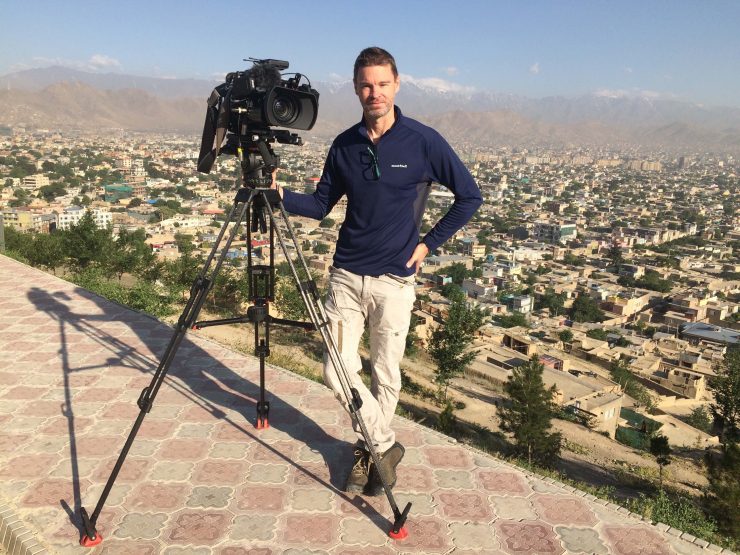
I spent 24 years working for various broadcasters as a staff cameraman. I was provided equipment, got a steady paycheck, holidays, insurance, and was even given a car.
I decided to go freelance because I was no longer enjoying what I was doing. So I left a well-paid job with lots of benefits and jumped into the scary world of being a freelancer.
Not knowing where your next paycheck is coming from and not having any guaranteed work was daunting. Luckily, I already owned my own kit, as I had been purchasing equipment for many years leading up to when I made the jump. In that regard, it was nice not having to buy any equipment when I went freelance. This meant I didn’t have any overheads and I didn’t have to pay off equipment.
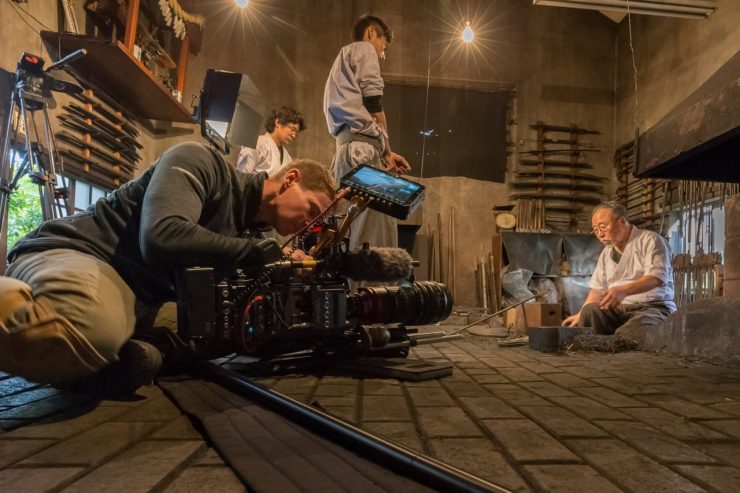
As I had a lot of contacts in the industry I did find work early on, but that’s not to say it wasn’t a struggle. I moved to Japan, a country where I didn’t speak the language, and a country where I had almost no contacts. I’m not going to lie, freelancing at times have been tough, and it took me many years to understand that it’s a roller coaster ride. Sometimes you are busy and sometimes you are not. You need to grasp the concept that this is somehow normal so it doesn’t keep you awake at night.
How much should you be charging?
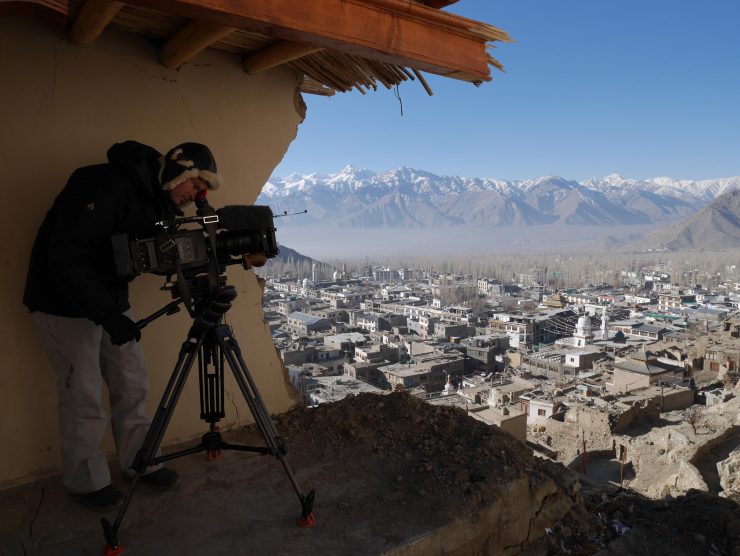
This is probably a freelancers biggest question. How much should I be charging? It’s what keeps most of us awake at night. Am I charging too much? Am I charging too little? What should I be charging for? How much are my competitors charging?
Well, how much should you charge? This is not a simple question to answer as there are many factors that need to be considered:
- What clients are you trying to attract?
- What type of work do you want to do?
- What is my level of experience and skill?
- What equipment do you own?
- What equipment should you buy?
- How much money do you need to make?
- Will I be able to recoup my investment?
- Stick to your rate
So let’s try and break this down.
What clients are you trying to attract?
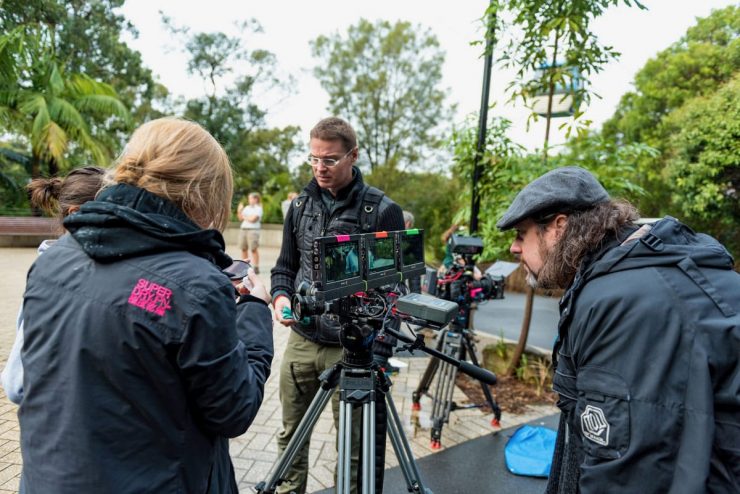
Who are you trying to appeal to? Are you trying to get clients to hire you that produce corporate videos, news, documentaries, music videos, short films or commercials etc?
You really need to target a specific platform or platforms. Being a jack of all trades is not a bad thing, but it’s always a good idea to specialize in one or two areas. Everyone likes to think they can do everything, but would you prefer to be known as the toaster/oven/microwave or just the dedicated oven?
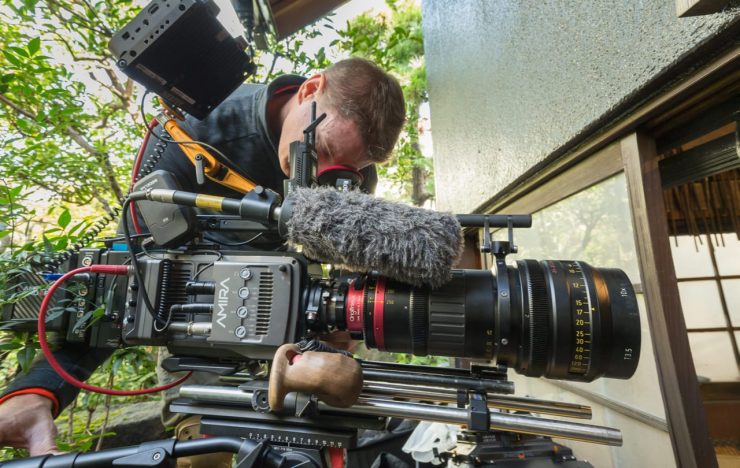
There is nothing wrong with being a shooter who can do a bit of everything, but if you can pick one or two types of work that you can specialize in, you are creating your own brand and identity. This is especially true if you are young and are just starting out. Pick a discipline and create a volume of work in that field. For instance, if your goal is to become a music video shooter, shoot a bunch of music videos and come up with a volume of work. This way when clients are looking for someone who shoots music videos, they see someone who obviously has a passion for creating music videos. This analogy applies to any type of work you want to do.
Just to be perfectly clear, I’m not saying just shoot music videos, but if you make it a big proportion of what you do you are marketing yourself as a music video shooter.
Specializing in a particular field will not only get your more experience working in that field, but it will also help you get hired. In my experience at least, clients that usually approach me want to see work I have done in that particular genre. I’m also getting hired because they know I specialize in those fields.
What type of work do you want to do?
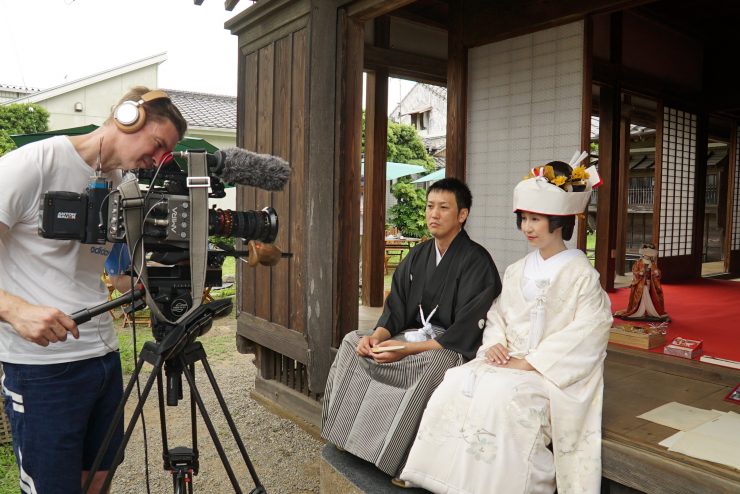
This is very much linked to ‘what type of clients do you want to attract’. It always makes sense to try and get work that you enjoy doing. If you love shooting documentaries then you are more likely to not only do a better job, but you will be more invested in the project. If you hate doing corporate videos, don’t market yourself as a corporate video shooter.
Find the type of work you like to do and try to stick to it. Now, this is not always going to be possible, and if you aren’t getting enough work in the fields that you like working in you are going to have to branch out.
I like to call these “Jobs that pay the bills“. You may have heard the expression “I do one for them, and one for me“, well that’s pretty much it. No matter how good you may be, you are inevitably going to have to do jobs that you don’t enjoy doing.
What is my level of experience and skill?
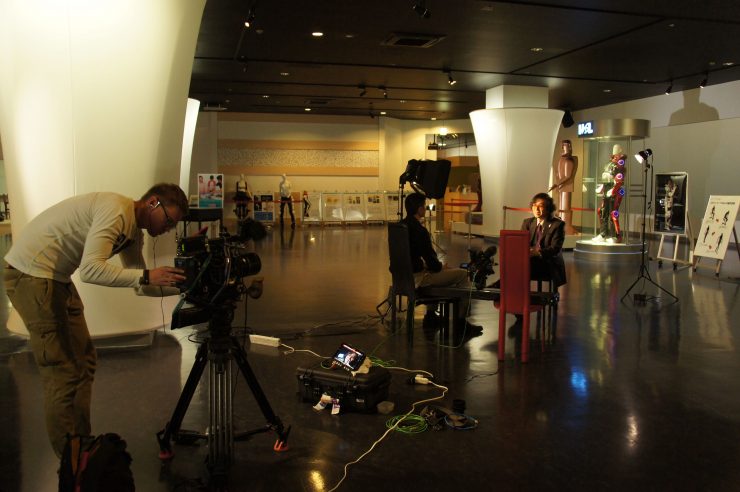
This is the one that bugs me the most about being freelance. There is a lot of instances where the client is paying for the equipment and a cameraman and not for the experience you have.
It’s one of the few industries I know of where having experience and skill is not always measured in how much you can charge. You wouldn’t pay an apprentice painter the same as a painter who has 20 years of experience, a detailed resume, and countless recommendations. So why does this sometimes happen in our industry? That’s a hard question to answer.
I’m not trying to say that someone who has experience is always going to be better, because that’s certainly not the case. There are plenty of individuals out there who have been around for a long time who aren’t good at what they do, but they still get work.
Experience also has to be backed up by reputation and skill.
You need to personally factor in your own worth. If you have a certain level of experience and skill then you should be charging accordingly. If someone wants to hire someone with little experience because they are a $100 cheaper then they will ultimately get what they pay for.
What equipment do you own?
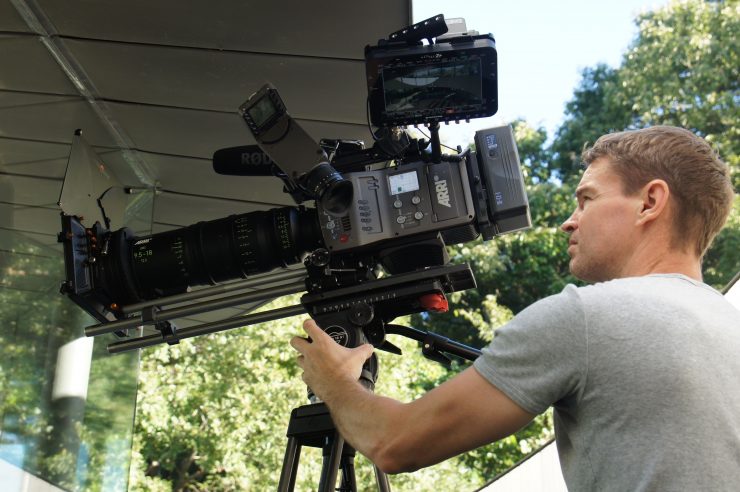
In a lot of ways the equipment you own should dictate to a certain degree how much you charge. If you are buying a C100 Mark II or an ALEXA Mini you aren’t going to be charging the same amount.
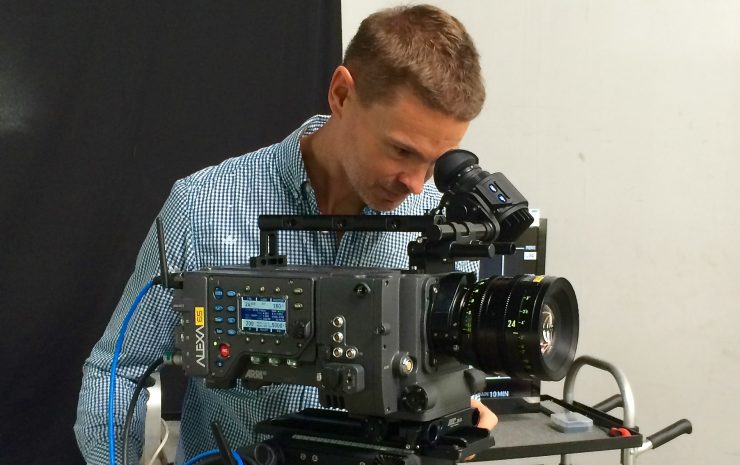
You need to factor in the cost of the gear you are using against how much you are charging. It doesn’t make any financial sense to buy a $60,000 USD camera and then charge $200 USD a day for it.
You need to work out a rate that is not only based on your level of experience and skill but also one that will make it financially viable to own the equipment you are using.
What equipment should you buy?
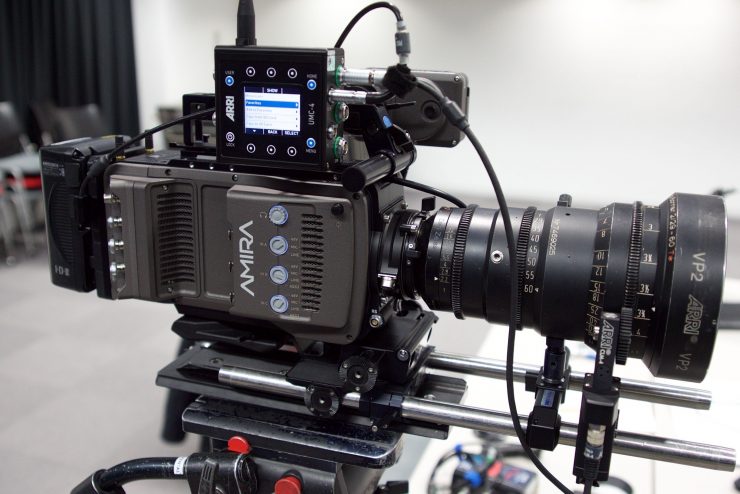
What you do need to take into consideration is there are quite a few factors to determine what type of equipment you should buy.
- What type of work am I doing?
- What equipment are other freelancers using?
- How much can I charge?
- How long will that equipment last?
- Should I buy or rent?
What type of work am I doing?
The type of work you are doing should dictate the type of equipment you buy. If you are shooting documentaries then you buy a camera and lenses etc. that work for that type of shooting, If you are shooting commercials, then that equipment may be vastly different.
If you are doing different types of work then you may end up buying equipment that can be used for various disciplines.
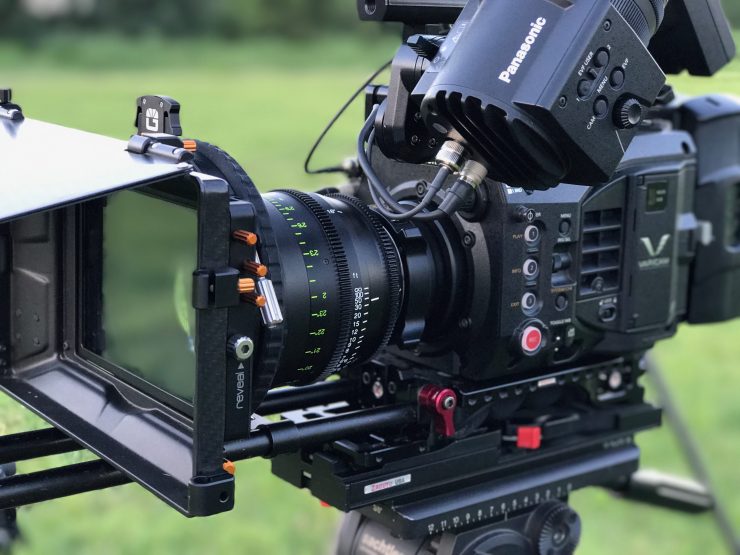
What equipment are other freelancers using?
In some markets, there may well be a camera or piece of equipment that is predominantly used. This is something you need to consider. If you are in a market where everyone is using say a Sony FS7, then you probably need to buy a Sony FS7. If that’s what the clients are asking for then there is a good chance you won’t get hired if you don’t own or rent that camera.
How much can I charge?
If you are charging X amount for your equipment and services then the equipment you buy should financially fit into that model. If you are only charging for the price of a C300, it’s probably not a good idea to buy an 8K RED VV Monstro.
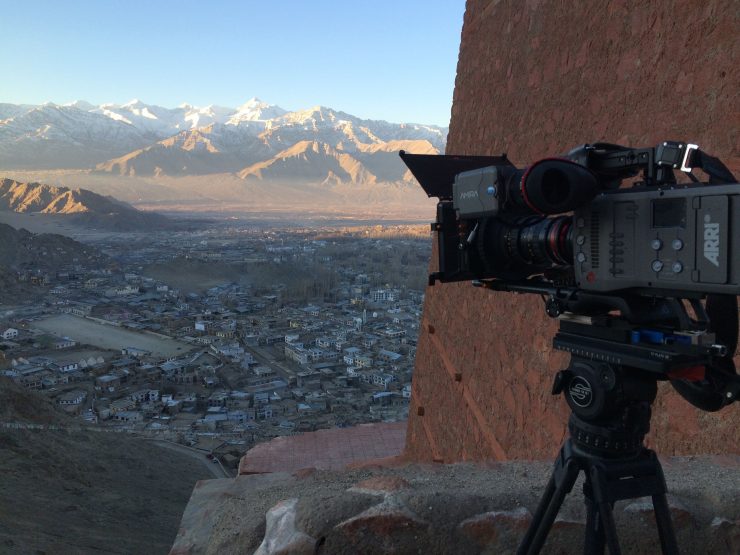
Now, there are always exceptions to these rules. You may find that buying a specific camera means that you can use that camera for a lot longer than another camera you may have been considering. For instance, if you buy a $15,000 camera that you have to replace after 3 years or a $30,000 camera that you don’t replace for 6 years does it really matter if you charged the same amount for either camera? In the long run, probably not.
I see a lot of cases where someone with little experience will go out and buy expensive equipment because they think that will get them hired. The perception they create is, hey I have this particular camera or piece of gear so I must know what I am doing. Ironically, sometimes this works. I have seen people get hired simply because they had, for example, a RED. They may well have only had one lens, two batteries and not enough media to shoot for more than 25 minutes, but they still got hired because the client wanted a RED.
How long will that equipment last?
Lenses, tripods, filters, audio, even lights to a certain degree are all items that can be used for a long time. They also hold their value a lot better than cameras. Buying good quality glass, a tripod etc. usually means an investment up front, but they will pay for themselves over many years.
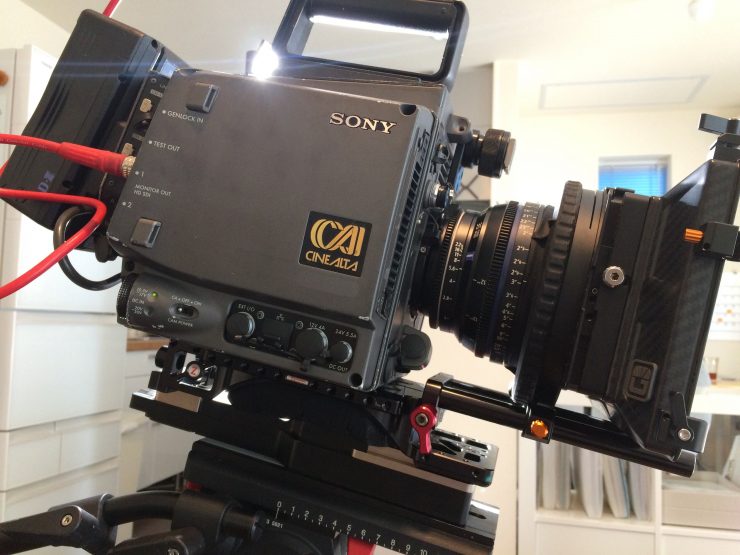
A lot of cameras depreciate drastically, so you really need to work out how long the camera you are buying is still going to be relevant for the type of work you do. Unfortunately, we don’t all have a crystal ball, so sometimes knowing which camera to purchase is not easy.
Making equipment choices based solely on financial decisions is not always the best move. You may find that you buy certain equipment because you just like it, it makes your life easier, or it produces better results.
You have to like the equipment you own and use. There is no point in buying a camera or a piece of equipment that you hate using. At the end of the day, you don’t have to justify your equipment purchases to anyone but yourself (well, maybe your wife or husband!).
I don’t understand the logic of people having to go online to defend their camera or equipment purchases. Who cares what you bought or why, as long as it works for you and you are making money out of it that is all that matters.
Should I buy or rent?
This is another hard question to answer. It really comes down to the type of work you are doing and the equipment you need to use. If you are a solo shooter or work in small teams getting constant work with a camera that you are going to use for 3-4 years then it makes little sense to rent that camera.

If you are working on higher-end productions in large teams then the equipment will usually be rented.
For me personally, it’s the convenience factor of owning my own gear that comes into play. If I get a call I can organize my gear straight away, if I have to rent equipment I have to source it, go pick it up, and then return it. I much prefer to own kit, but that’s just me. If I need to rent specialty items or certain lenses then I do so.
I also find that if it is your own equipment then you will be totally familiar with how it works and operates. If you need to rent something, there may be a learning curve. It’s always going to be awkward if you have to tell a client on set that you just have to read a manual to find out how to change a setting.
How much money do you need to make?
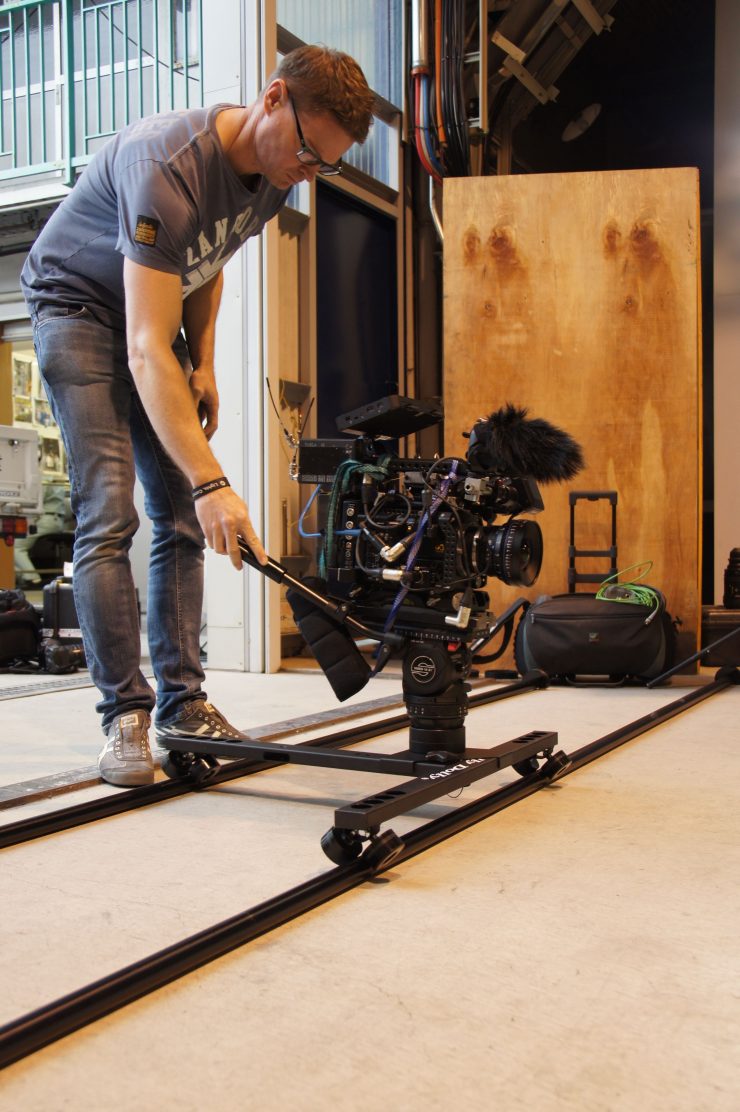
Your rate should also reflect how much money you need to make a decent living. Now, you can’t just set any old rate, because someone has to be prepared to pay that rate. You do, however, need to set a rate that is not only fair to you and the client that is hiring you, but one that is also in line with other freelancers who are offering a similar level of service and experience.
You also need to factor in that the freelance world can be very much a roller coaster ride. Sometimes you are busy, sometimes you aren’t. You need to factor this in and make sure you have money saved up for the times when it is slow. Just because you suddenly get a ton of work, it’s never a good idea to race out and spend all that money because there will be times when it is quiet.
Will I be able to recoup my investment?
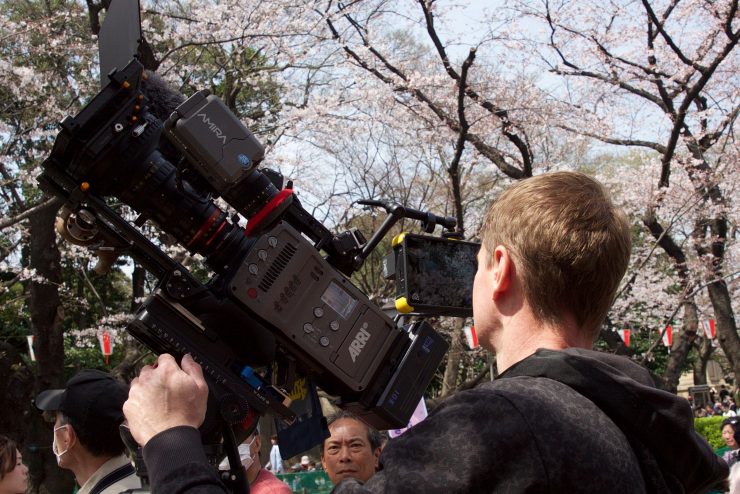
If you are investing in equipment then you want to make sure that you are able to pay for that equipment. Whether that is over a period of just a few months, or many years, depends on the equipment.
If most of your clients are only going to pay you to use a Sony a7, then you don’t want to invest in something that costs significantly more money. In 2019, there are so many options available that it is quite easy and relatively affordable to step up to different camera models as you gain more experience and need something different.
Stick to your rate
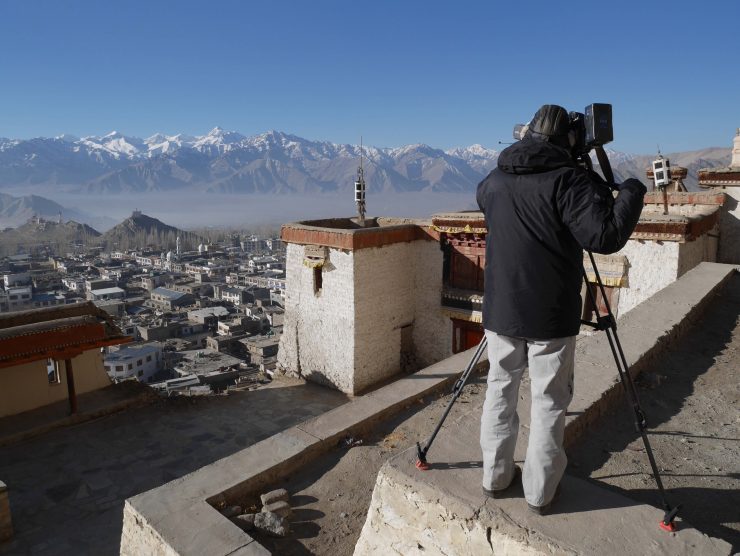
This is the most important thing. STICK TO YOUR RATE. Once you come up with a rate for yourself and/or equipment then you should try and stick to that rate as much as possible. You work out a rate that is based on a lot of factors, so compromising on that rate is only going to hurt you.
I see so many people trying to undercut others by offering low rates. Sometimes these rates are so low that there is no way the person offering them is going to be able to survive.
In certain markets and sectors in some countries, freelancers try and stick together and come up with a rate that is fair to everyone. That way clients know how much a certain service is going to cost and they budget accordingly. It also protects the freelancer because they know how much they can charge and that everyone else is charging the same amount. In certain parts of the world, you can sign up to groups & unions which have a minimum rate like the ICG Local 600.
This tends to work with larger clients who understand the cost of video production, but smaller companies or companies that haven’t done a lot of video work may not know how much things should actually cost.
As a freelancer, you are always going to get hassled or bullied by clients who are trying to get you to do everything for less. Once you start agreeing to lower your rate, that becomes your new rate. If you do a job for a client at a reduced rate, even if they say “If you do this first one for us for this amount, you will get more work in the future” you are only going to get burnt in the long run. If you do that job at that reduced rate the client is inevitably going to turn around and say “But, you did it for this much last time.”
The only time I would ever agree to a lower rate is if it was for a long term project where there was a lot of days of guaranteed work.
Stick to your rate.
Marketing yourself
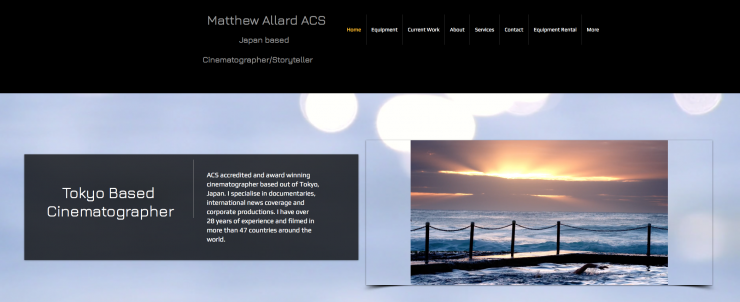
Half the battle of actually being freelance is finding work. If you are new to the industry or just starting out then you can’t just create a website and then sit around and hope the phone rings.
If you have worked in the industry, especially as staff, and you then go freelance you do have the benefit of knowing a lot of people in the industry already. Someone you may have worked with previously could now be in charge of a show or moved to a production company. Already having a reputation and name certainly helps when you go freelance.
If nobody knows who you are and you don’t have many
In the old days before social media and the internet (geez I must sound old), you either needed to know someone or you had to physically go into TV stations or production houses to introduce yourself and get work. You couldn’t make a website, send out a tweet or throw up an Instagram post as you can today. Even if you had a showreel (and it would have been on tape) you would have to send that out or physically take it in and hand it to prospective clients.
Today marketing yourself is free and incredibly easy to do. You can create your own website in a few hours for free, create a Facebook page, a Twitter account, and an Instagram account to market yourself. You can use affordable equipment to create a showreel and then post it up on Vimeo or YouTube.
Does social media actually work if you are a freelancer?
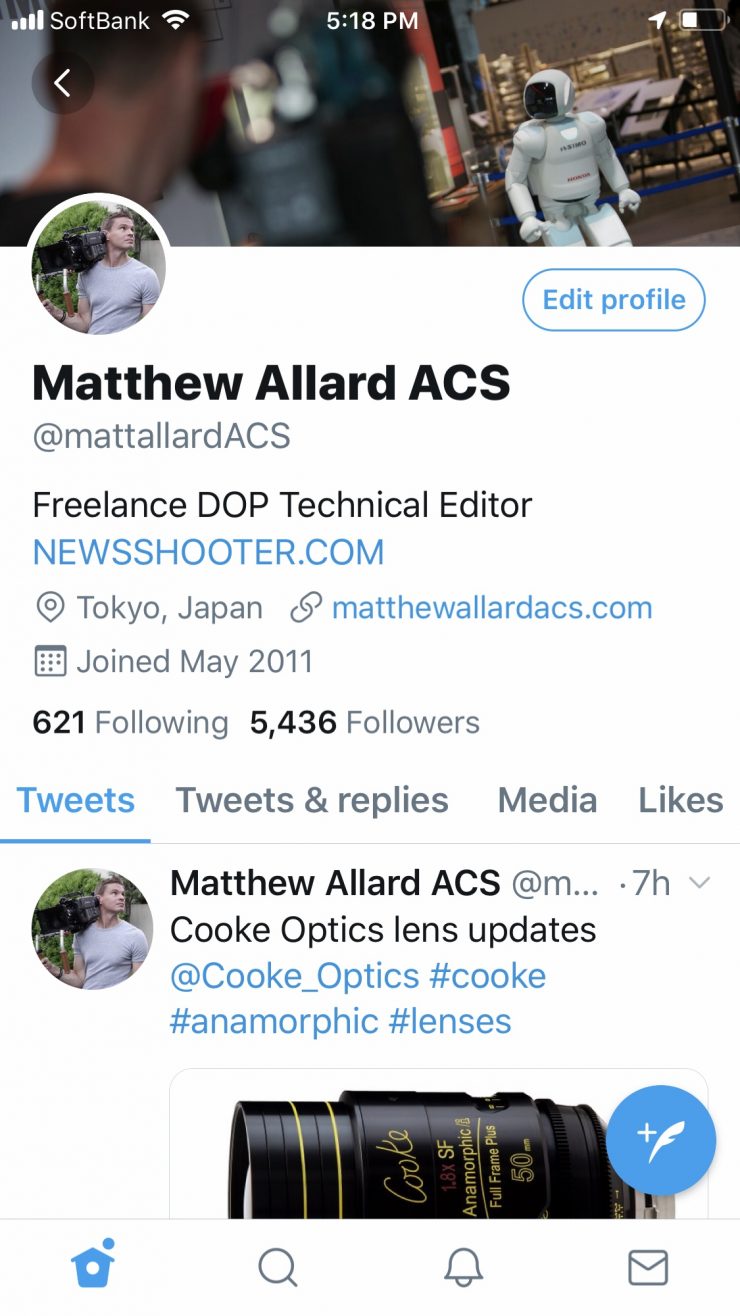
Yes, I think it does. Any kind of marketing you can do for yourself is better than none. Social media has made it incredibly easy for freelancers to connect with each other and find like-minded people to work with.
The trouble with social media is that there are so many people using social media, your posts are likely just to get lost in a sea of noise.
Have I ever gotten work directly through a social media platform, no, not really. I still find it is a good way to keep in contact with the film community and maybe I should post more photos of BTS work up, but I find I rarely have the time.
How do I get my work?
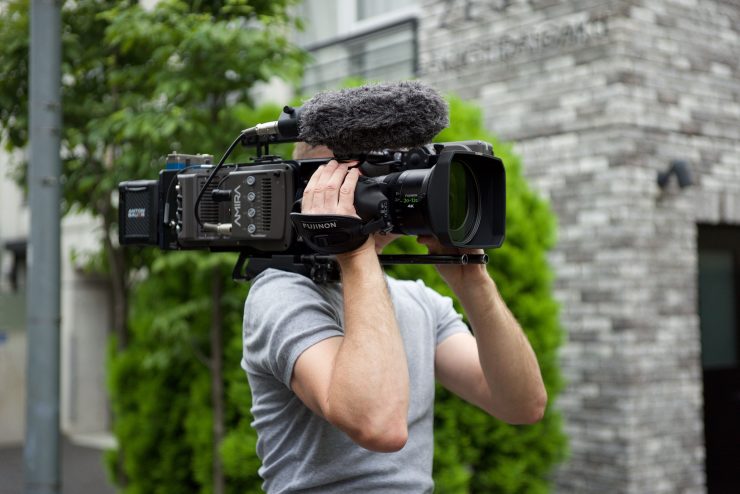
I find that I get most of my work either through word of mouth, referrals, or people I already know. Occasionally I will get contacted directly through my website, or through Newsshooter, but that is fairly rare.
I don’t have a showreel. If clients want to see examples of my work I send them links to full shows or pieces. I’m not a big fan of showreels and I’ll tell you why. A showreel doesn’t really tell me anything about a cinematographer. A collection of 4-second shots from random projects stringed together with music doesn’t tell me how you craft anything. It is easy to find 20 good shots and put them to music, but if I’m hiring a shooter, I’m not hiring someone to shoot 20 random shots. You wouldn’t hire a chef based on the way he cooks a single carrot, you want to see how he blends all of those ingredients into a finished product.
Plenty of people are bound to disagree with me over this, but I’m not a fan of the showreel.
Prioritising long term clients
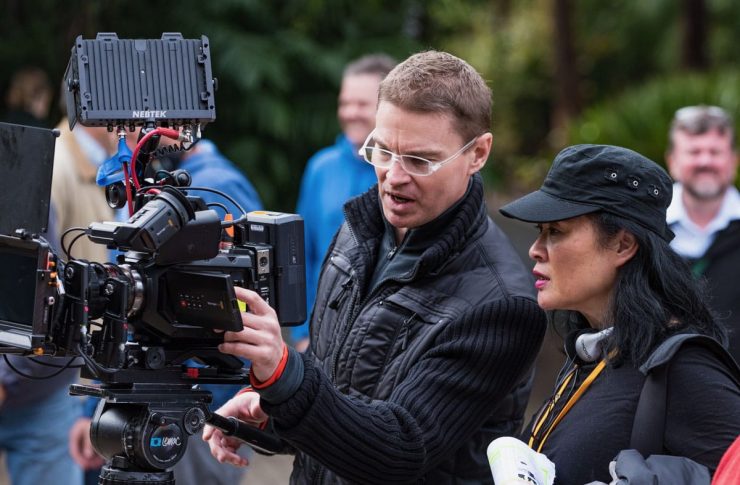
This is something that took me a bit of time to learn. In my opinion, you should always prioritize clients that are going to give you the most work. Especially those clients who offer you multiple days of work.
Too often when I first started freelancing I would spend way too much time going back and forward with a client I had never met before for a single day job. The amount of effort that was going into this process was ultimately becoming a great big waste of time. Not only would they keep changing the date and requirements, but half the time the job would never end up happening.
Sometimes you just have to pick and choose what to prioritize and learn from experience what jobs are likely to happen and which ones won’t.
The client is always right (even if they are wrong)
Sometimes it’s a case of just smiling and saying “No problem, I can do that.”
Matthew Allard ACS
This is a lesson that took me a while to learn. Having worked for broadcasters directly for almost 25 years, when I made the jump to being freelance I had to come to grips with the fact that I no longer had a lot of creative control.
At the end of the day, a client is hiring you to perform a task they want to be done in a way of their choosing. Even if you think there is a better way of doing something, or that their idea is stupid, in a lot of cases it is better to just bite your tongue and do what is asked.
Certain clients will want your feedback and will hire you because they want your input, but there will be a lot of clients who don’t want your input and just want you to do as you are told.
Given the fact that you will often be working with clients for the first time, it is sometimes very difficult to know when you should say something and when you shouldn’t. I still struggle with this dilemma.
What you always need to remember is that it’s the client’s money and they can ultimately ask you to do whatever they like regardless of whether it may be a bad idea or not.
Sometimes it’s a case of just smiling and saying “No problem, I can do that.“
You won’t get every job and you will work for free
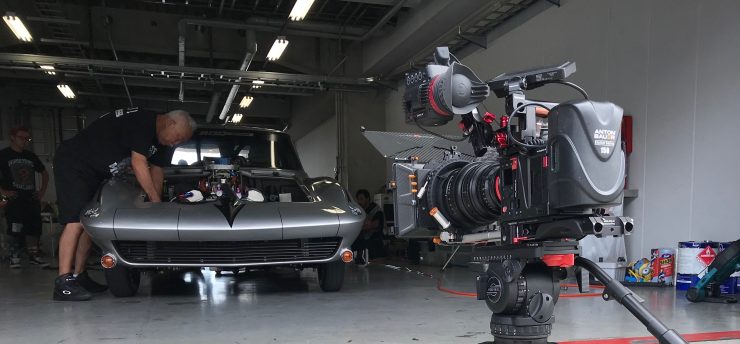
Being freelance is a constant grind of pitching, providing quotes and answering emails. Half the inquiries you get will often just be tyre kickers who are sending out the exact same email to 20 other people. In a lot of situations, they are just looking for the cheapest option or using your quotation to go back to the person they usually use to make them do the job cheaper.
Most production managers at networks or production houses are not your friend! Their job is to get the best available option for the least amount of money. You will constantly have to negotiate with these people because even though they know how much someone and a certain gear package is going to cost, they will always try and get it for less.
You need to realize that a lot of the jobs you get inquiries for are not going to end up going to you. If you can turn half of those inquiries into jobs that pay you your asking rate, then you are doing well.
You will work for free. I don’t mean you will go out and shoot a job for nothing, but you need to factor in all the time when you are replying to emails, doing taxes, servicing and repairing kit, making phone calls, taking meetings etc where you aren’t getting paid anything.
You can often spend a few days looking into hiring additional staff, equipment, looking at flights, replying to emails, going to meetings, only to find out that the project gets cancelled or someone else gets it.
Let’s hear from someone else who has been in the freelance world.
Rob Macey SOC
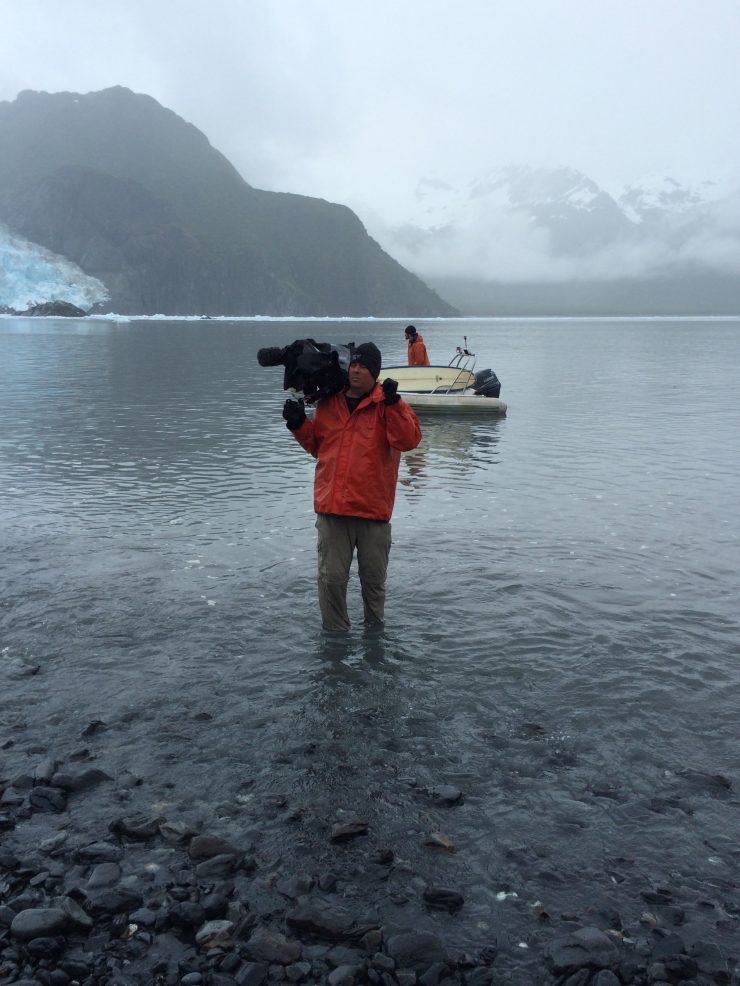
I started freelancing as an owner/op in 2000 after spending six years shooting local TV news around the U.S. I worked in special projects at KCBS-TV in L.A. from 1997-2000. This was my very last staff job. New management came into KCBS and wanted to change the direction of our unit to be more focused on celebrity-based news coverage. I decided it was time to jump into something else.
At the time, I only had a few friends who were freelancing with their own gear. This was a completely unknown territory to me. I had no idea how they got expensive camera equipment, how much they made, and how they found work as a freelancer. After talking with one of them he more or less said, “Rob, you’ve got the talent and the history to work at the next level, but to work on these Network TV news magazine shows you need to have a camera package and you’ll be working.” So, I blindly applied for $90,000 worth of finance to fund a camera and lighting package, plus a brand new Chevy Suburban. I still had no idea how it all worked. To my surprise, I got the loan for a brand new Sony Betacam SP 600. A $50,000-ish camera at the time, two 2/3″ lenses and a small light/grip package and I frighteningly quit my staff job.
Having been using Betacam for 6 years in news, actually owning one was very exciting and yet, seemed unattainable. Many of the broadcast TV shows back then used Betacam extensively so there was a wide net of clients that needed an owner/op to shoot for them. At one point, the Betacam years topped out for me at about 35 clients. I was making about $1,200-$1,600 a day during this time averaging about 10-18 days a month. This was pretty much a one-format time period where Betacam was used for mostly everything in my circles.
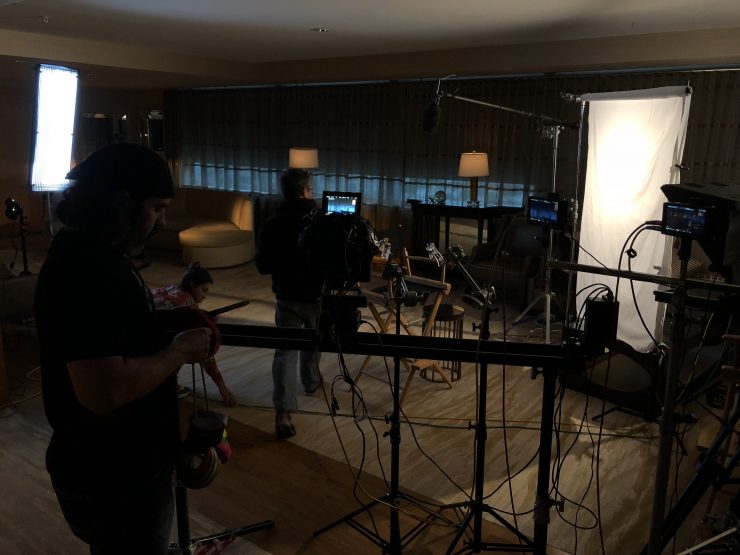
However, my first year of freelancing was a financial nightmare. I left KCBS-TV making $62,000 a year in 1999. My first year of freelancing, I made about the same but had a $5,000 a month payment between the Suburban and the gear. Every bill was late that year, my credit tanked and I also didn’t know that some clients pay net 30 or net never, that happened often back then. But, I kept at it. Cold calling and meeting line producers and other crews to see where there was work. It seemed to be mostly all referral. Lesson learned. I should’ve bought used gear and a used production vehicle to ease the pain that was to come.
By year two, it started to become more consistent with word of mouth and referrals. Eventually, after five years or so, and when my credit improved, haha, not funny, I was able to buy my second camera, the Sony F900/3, and “HD” lenses. About $160,000 worth. This was so exciting!!! I mean HD, right? And, it was exciting! I made this financial jump based on 3 clients that were producing shows for the then booming cable tv channels, HGTV, Food Network, and a few others.
So, the rate. For these shows that went from roughly about 2006-2011, I was making about $2,000 a day for myself and the camera gear. Again, it seemed to be all referral. From there, I added an HDX-900, another F900, an F3, an F5, a Red One, a Red Epic, Red Dragon, the ol’ 5D! the drones, the sliders, the gimbals, the lights, more lights, more everything. Selling some and keeping others along the way. I still have my Betacam 600 🙂
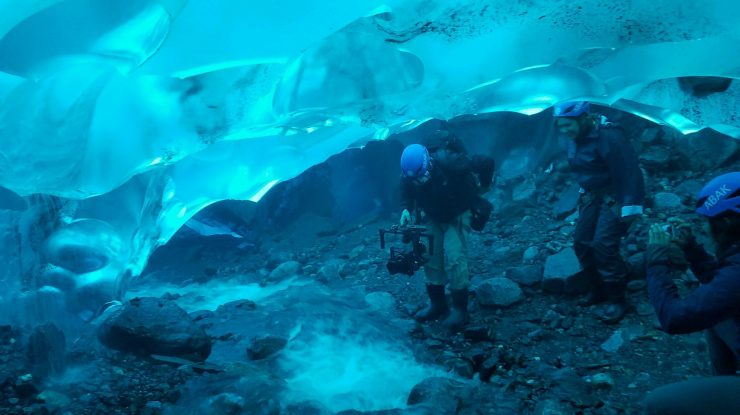
Cut to, 2019. I’ve been freelancing as an owner/op for 19 years. There have been plenty of ups and downs though. The risk is high with an ever reliance on client’s needs as well as balancing present and future camera needs. I’ve had dry weeks, dry months. I’ve had too much work and work that all falls on the same day/week. I’ve had to sue a producer friend for non-payment, chase down bad clients only to see nothing come from it. It doesn’t matter how long you’ve been in it, you’ll have good and bad days. I remind myself often of a quote a friend told me. “Never live like it’s your best year.” Meaning, if you make a lot, don’t spend a lot because one day, one week, one month you’ll need it.
Freelancing seems to be getting smaller in my experience. Smaller rates, smaller jobs, smaller crews. My work is in broadcast and cable TV; new mags, promos, follow-docs, etc. so my experience as an owner/op seems to be more about the person hired and the gear they choose to use that also works within the client’s specs. For example, the Video Devices Pix-E5 recorder gave my old HDX-900 4 more years of life.
“I’ve panicked so many times over 19 years that I’ve learned to just stop panicking”
Rob Macey SOC
Rates
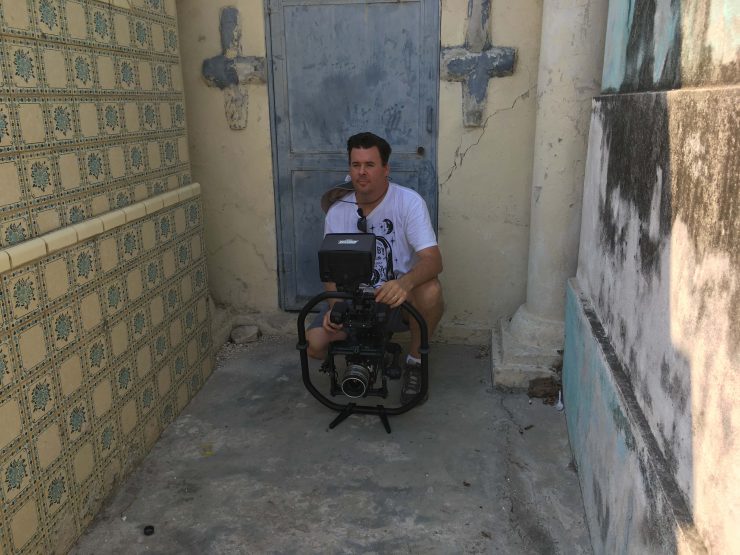
These are just my experiences and may vary. As a DP owner/op with a C300 II package with aks, a rate of $1,250-$1,650 for 12 hours on a cable TV or network news show. $650 or so for labor and the rest of the gear. My experience is about $1,400 on average. Some are lower. When I work with my RED camera, it’s about $3,000-$4,000 a day depending on the production. The labor rate goes up due to the higher expectations of the production; $1750 or so for labor.
Sounds like a lot, right? Well. Let’s add a PPO Health policy for $1,500 a month. Equipment insurance of $3,500 a year. General liability Insurance of $6,000 a year. The cost of vehicle and gear upkeep and upgrades. A CPA at $3,000 a year. CA annual corp tax, City of L.A., annual corps tax and the usual annual taxes. The write off’s of being a freelancer is great, but it costs a lot to be a freelancer. But, even costlier is figuring out what clients will want, for how long, and what they will pay. Freelancing is a gamble, and there are no guarantees. I’ve panicked so many times over 19 years that I’ve learned to just stop panicking.
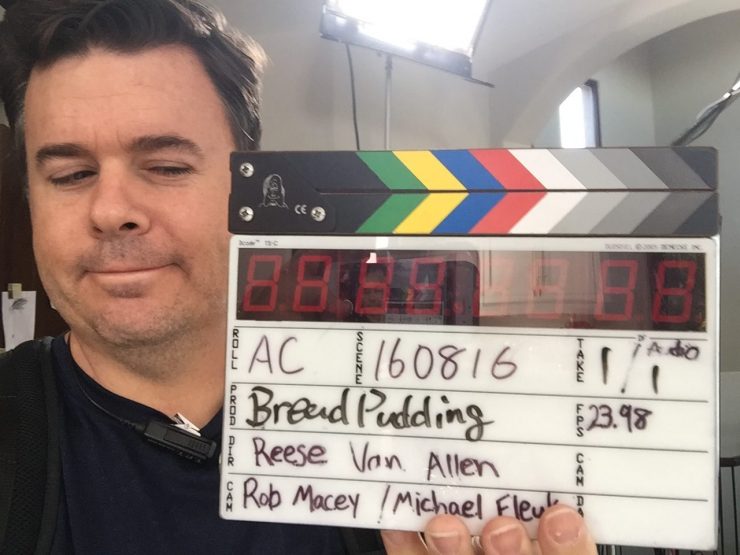
If you’re considering freelancing, here’s what I recommend. Everything is a referral. If you’re good and do good work, you’ll eventually meet and talk with enough people to get your foot in the door with someone. I met director extraordinaire, Joseph Kahn, on Twitter! I bugged him enough about his continually awesome work, that we eventually worked together and are friends. Also, make your Instagram page a visual resume.
Also, If you do make the leap, take you gear rental portion and sock it away into a Roth Ira or split it into savings and leave it alone. Live off of your labor portion. This is really tough. Impossible at times. But, you have to plan for your own rainy days and retirement. No one else will. You’re on your own. Or, swap it with putting away the labor portion. Save anything you can because you never want to live like it’s your best year.
Matt Jasper
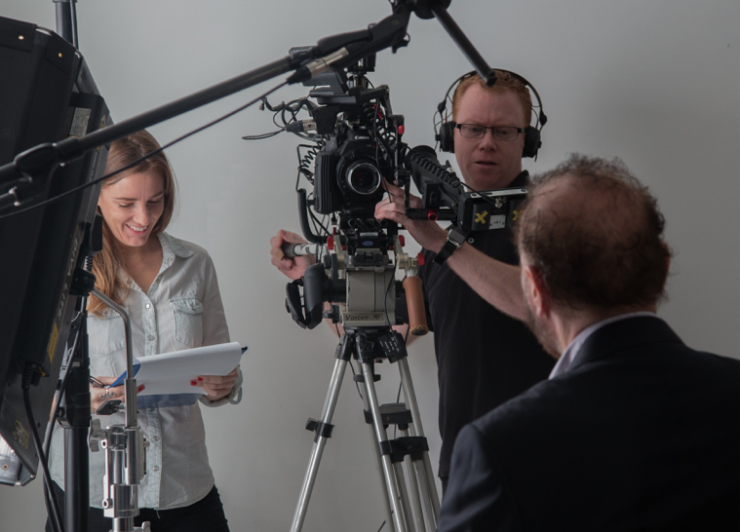
As a freelancer, there are certain standard rates that work across the industry in the country that you work. There might also be different rates for corporate and tv work. Or between TVC and drama work. Try to get in touch with other operators of a similar skill level to you to try and work out how much people are charging. There is a real push, c
What gear should I be buying?
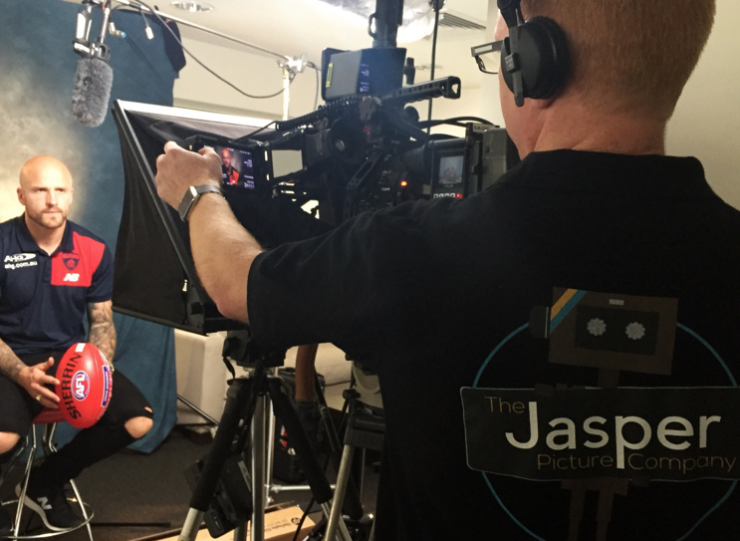
What gear should you be purchasing? I get asked this a lot –
Get Social
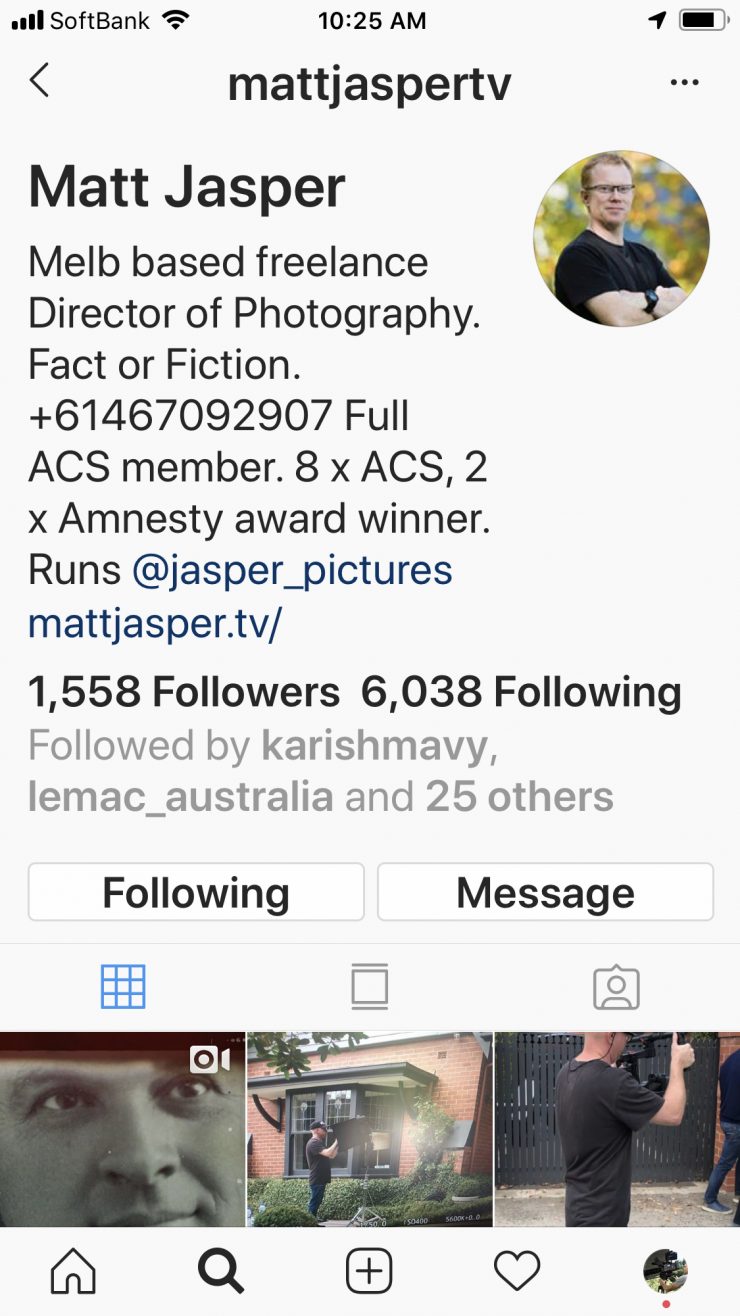
In terms of marketing yourself, get a website, even if it’s just your contact details and a photo. Customers and clients want to know you are real and they want to know who you are. Be social on social media. Remember to entertain, don’t hard sell. People are on socials to be educated or entertained, not to have something shoved down their throat. Make it easy to be contacted. Answer your phone. It’s pretty simple.
Gear today is cheaper, much cheaper
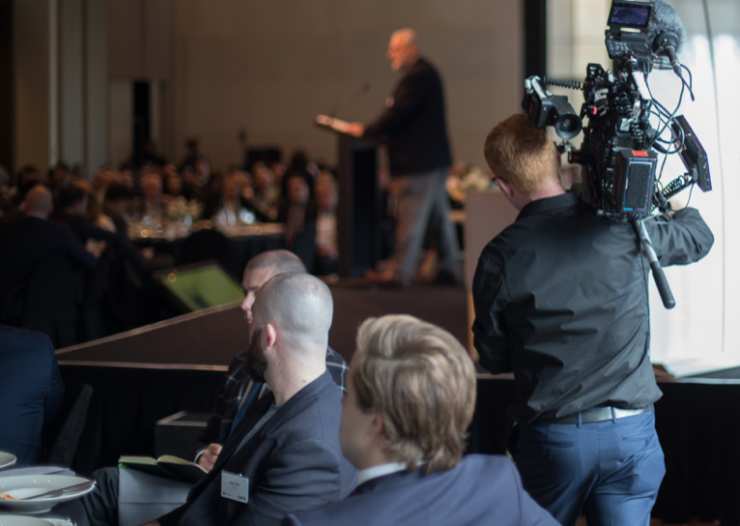
In the late 90’s early 2000’s in
Attitude is key
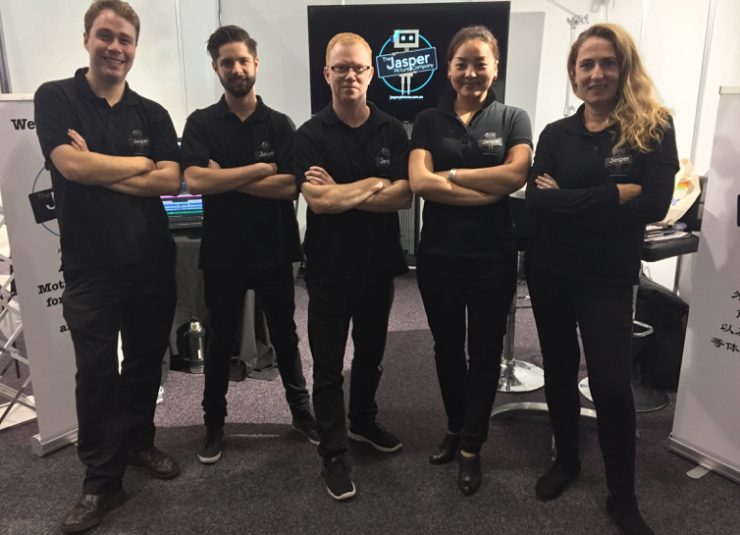
Having the right attitude is still key. Camera and technical skills for the most part you can learn. Dont get on the socials bitching about other operators or your ‘competitors’. You can’t control what they do but you can control what you do. Get out and find clients, network, speak to people and keep entertaining on social media. Your past work will get you through the door of a new client for a job but your attitude will get you through the door next time they need someone.
You can find out more about Matt Jasper here.
Final thoughts
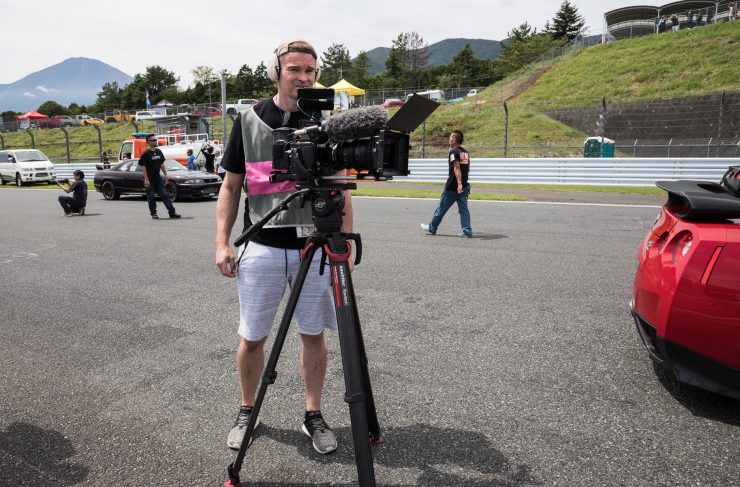
Surviving as a freelancer is both tough, but also enjoyable. It may very well be the case that some months you are very busy and the next you are wondering whether you will have to take out a second mortgage on the house!
The positive aspect is that you are your own boss, and you can pick and choose when and who you want to work for.
Are you a freelancer? Are you thinking about becoming one? What are your experiences working as a freelancer? What advice would you give to others? We would love to hear from you, so feel free to leave comments below.



